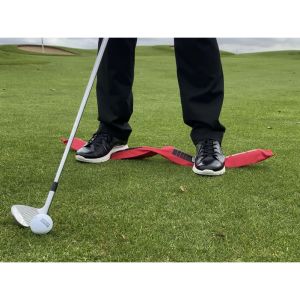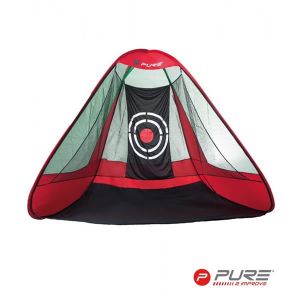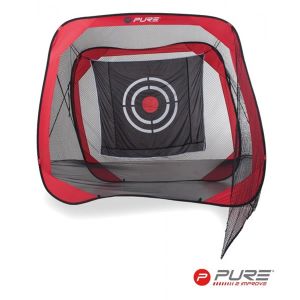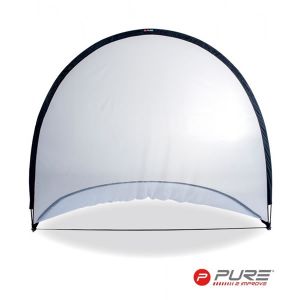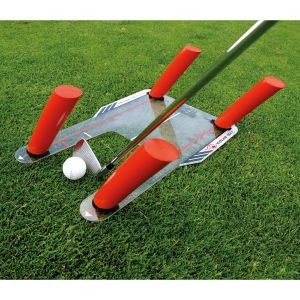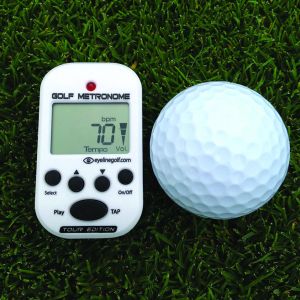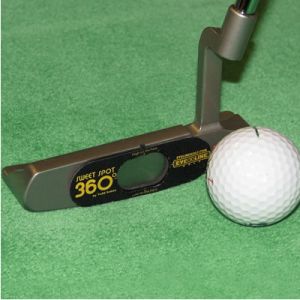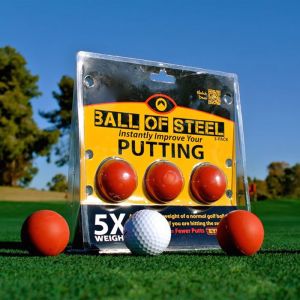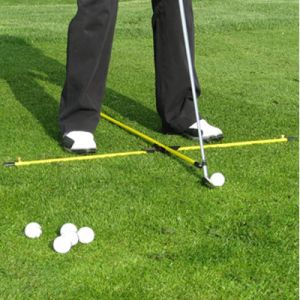We use cookies to make your experience better. To comply with the new e-Privacy directive, we need to ask for your consent to set the cookies. Learn more.
Sports Training

Training aids are the best solution to increase your performance and improve your game, usually at the convenience of your home, or on the driving range/practice on the field.
At Aslan Golf we provide an extensive selection of tools for training to improve every aspect of your game. They are available at low prices that will cut strokes off your score for less.
Sports Training 2023
Sports Training provides coaches with the education and tools they need to establish a safe and positive sporting environment, while at the same time supporting their players' physical and psychological growth.
High-quality training processes should enable athletes and coaches to ensure each session meets its intended purpose, but athletes may be affected by outside forces that vary each session's outcome. Therefore, it's vital for both athletes and coaches to have the flexibility needed to dynamically adapt both training load and intention when needed.
Strength Training
Strength training involves challenging your muscles with stronger-than-usual resistance forces, like lifting weights or using resistance bands, in order to make them bigger, tone them and strengthen bones - plus improve everyday activities like climbing stairs or getting off of a chair! Strength training may even help counteract the natural loss of muscle mass as we age (known as sarcopenia) while helping treat arthritis or heart conditions.
Strength training is one of the best ways to build your strength, whether through bodyweight exercises, free weights, resistance bands or machines. When working out with a partner or personal trainer you'll benefit from professional instruction on proper form and safety - talk to your physician first before beginning a strength training regimen though as they may suggest certain exercises are avoided due to individual health risks or injuries.
Warming up and cooling down before and after strength training sessions is also critical to avoid injuries from overstraining your muscles, such as walking briskly for 10 minutes as a warm up; stretching can then serve to cool off afterwards. Aim to start out by doing just one set with 8 to 12 reps of one exercise before gradually building up to two or three sets. It is advised that each major muscle group be trained at least twice weekly.
Research on sports performance improvement has generally focused on ways to boost athletic ability; however, less attention has been paid to evaluating and optimizing training quality as an integral factor for long-term athlete success.
Speed Training
Long distance runners may already be familiar with speed workouts such as mile repeats and track intervals, threshold runs, hills, and fartlek workouts. But to improve 5K time or become more competitive on the field or gym, sprint training offers a much faster path to speed improvement. Sprint training works by pushing your body beyond its current limitations by rapidly increasing speed while recovering quickly afterwards.
To maximize sprinting performance, it is vital to simultaneously focus on movement skills and strength training. Movement skill development should include coordination, balance, agility, stability and balance - especially since sprinters' legs often lift off the ground at high speeds when swinging through air while moving at speed. Strength training increases how much force can be applied to the ground through Newton's third law of motion and ultimately speeds up their performance.
Squats and other lower-body exercises are great way to increase speed by strengthening muscles that exert more force on the ground. Jumping drills and other explosive movements also increase speed by forcing your body to change directions quickly.
In order to maximize the effectiveness of speed workouts, it's crucial that you limit rest between sets and focus on quality over quantity. Most speed workouts should be quite short in duration - with peak intensity over relatively brief duration being the goal of most of them.
An effective warm-up may include 10 minutes of jogging followed by four sets of high hurdles or box jumps, followed by 2-3 short strength exercises or plyometrics to further strengthen and add power - creating an exercise regimen lasting approximately 20-30 minutes depending on individual needs and repetition counts.
Agility Training
Sports require fast movement and reactions. Stamina and strength can get you ahead, but without agile reactions your strategies won't get underway. To take your game to the next level you need speed and agility training drills which help develop speed, deceleration, direction change and sideways movement skills.
Agility training equipment such as resistance chutes, ladders, and hurdles provide professional athletes with an edge against their opponents in practice. Agility equipment helps develop coordination while strengthening mind-muscle connections to increase athleticism on the field or court - not to mention providing a great way to burn calories without risk of injury from weight training!
As a result, you'll be better equipped to deal with the demands of your sport and make quick decisions to advance your team or score the winning goal. In addition to agility training, weight lifting and plyometrics exercises can help develop core strength which is necessary for jumping, pushing pulling squatting lunging twisting motions which require strong cores in order to keep proper form.
The University of Kansas Health System's Sports Medicine and Performance Center in Overland Park offers a 10-week youth summer program for athletes aged 8 through college. Trainers lead sessions that focus on developing linear speed, lateral agility and core strength among their clients.
This complete agility training equipment package comes complete with 10 disc cones, an agility ladder, five resistance bands, a jump rope and speed parachute for use at home, gym or outdoor training environments. Plus it comes complete with its own carry bag for convenient transport!
As most research on this topic focuses on various loading factors, there has been limited work conducted on training quality. Ericsson and colleagues proposed this definition which refers to how well training processes and sessions facilitate expert performance acquisition in particular domains.
Endurance Training
Endurance training aims to extend the amount of time you can perform physical activities without tiring out, including aerobic exercises (known by many as "cardio") that help increase endurance and burn calories while simultaneously improving heart health.
To build endurance, select an activity that aligns directly with your goals. For instance, increasing bench pressing weight might not be appropriate unless your ultimate aim is becoming a professional powerlifter; perhaps instead focusing on increasing jogging distance can be more fruitful.
Be sure you're performing each activity correctly. According to Jeffers, endurance training should involve "proper technique as well as gradual intensification over time". As you gain strength, increasing difficulty might become appropriate; distance running could become harder or reps increase accordingly - just ensure you remain challenging yourself while within your limits.
An essential aspect of endurance training is taking proper rest between sessions. This gives your body time to recharge and recover from strenuous physical exertion, ultimately increasing endurance over time. Finally, make sure to remeasure your performance after every workout to assess progress as well as identify any changes you need to make moving forward.
With so many advantages of leading a healthy lifestyle - increased stamina and decreased risk of heart disease among them - endurance training should be a fundamental element of any athletic program. From getting back in shape to simply feeling more energetic during daily activities, endurance training is sure to pay dividends! Our Sports Coaching Training provides coaches at YMCAs the tools necessary to create safe, fun and engaging sports environments for young athletes while inspiring a lasting love of sports participation in them.




